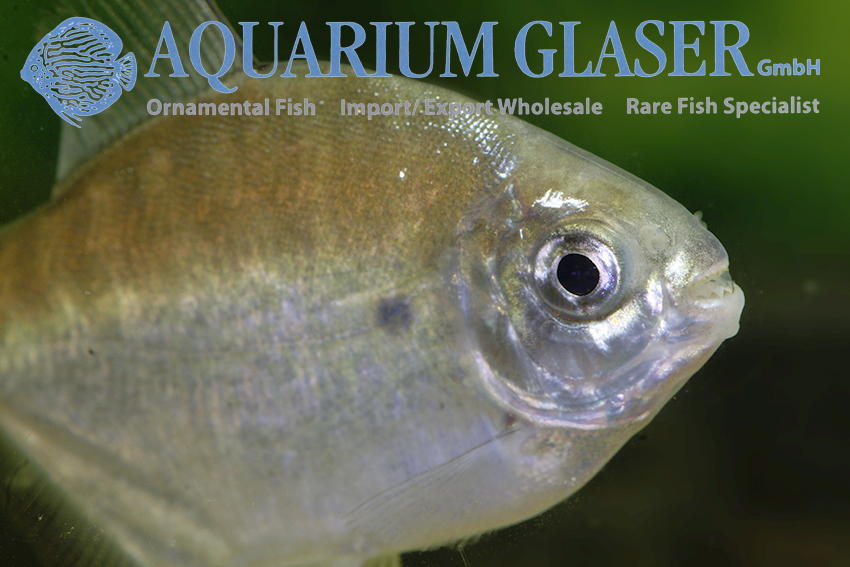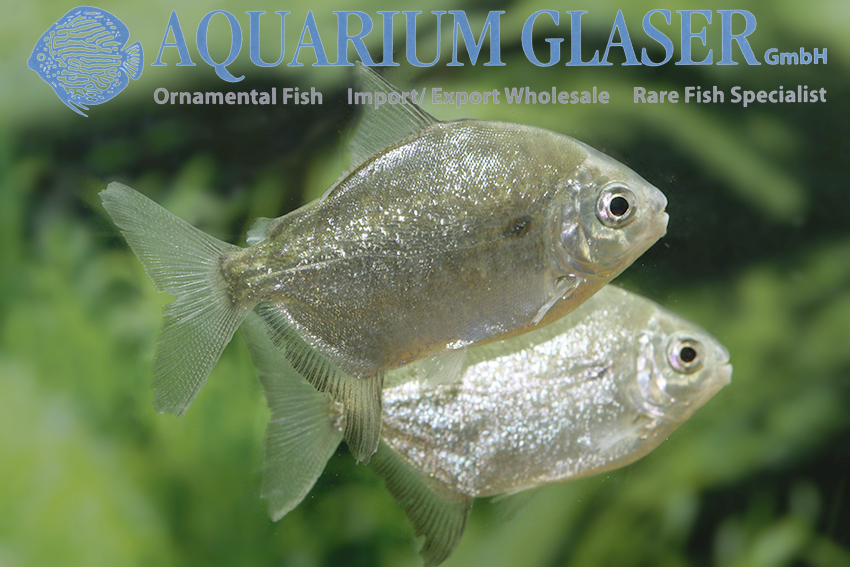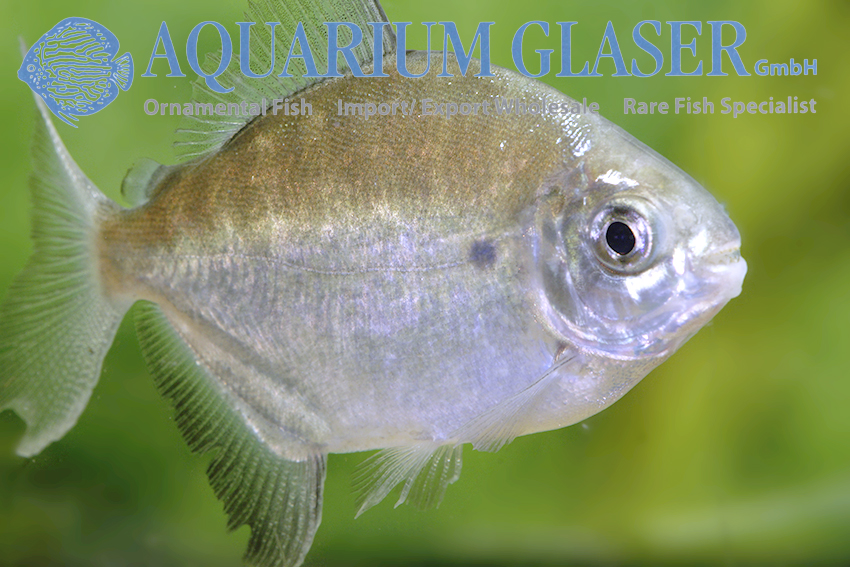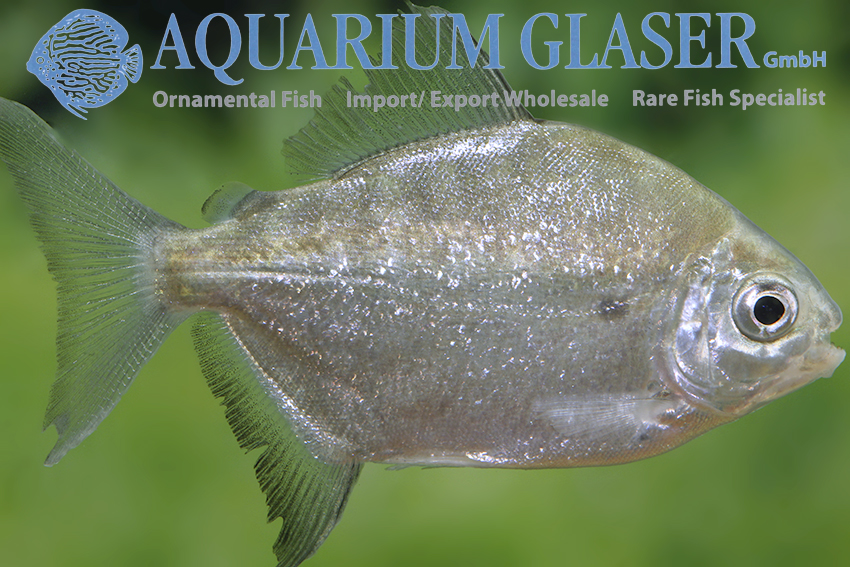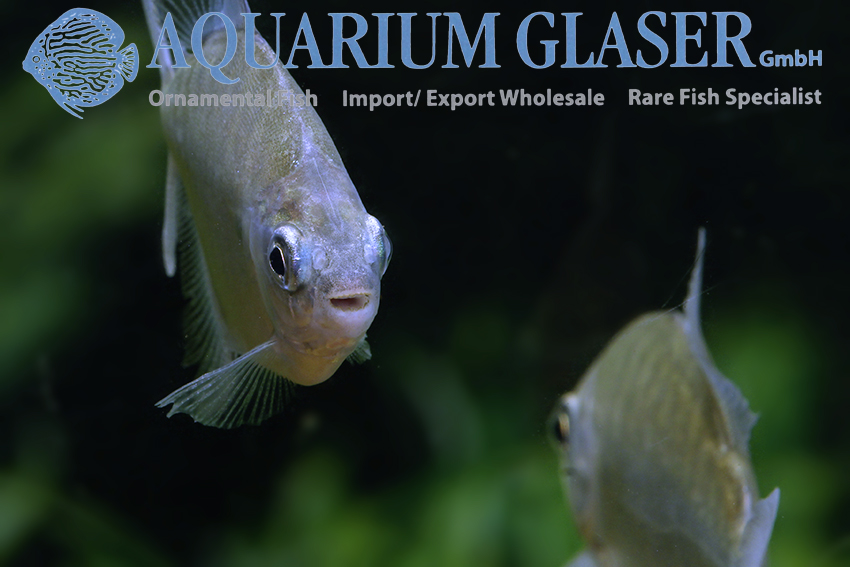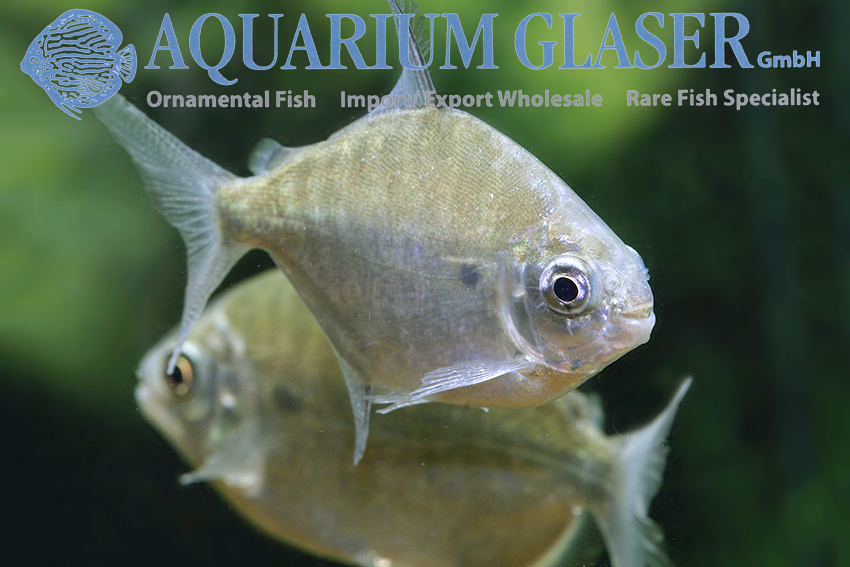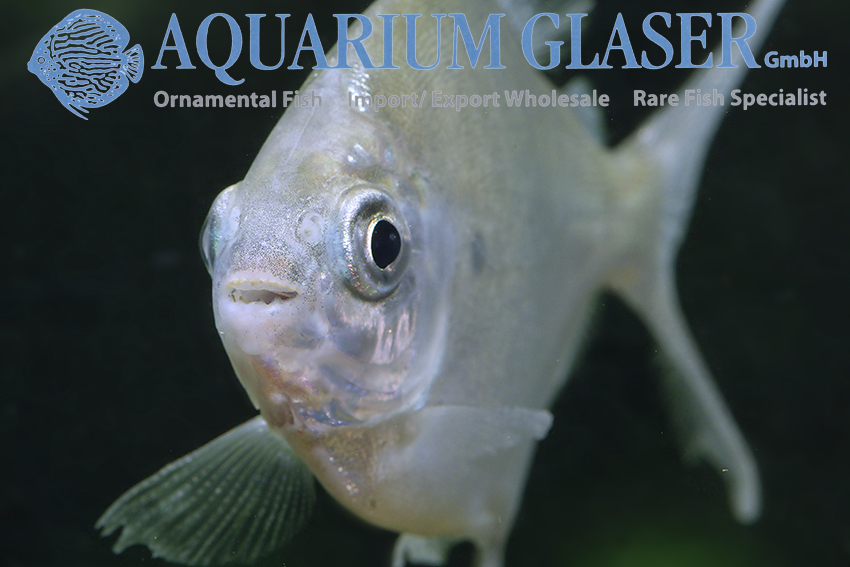In the meantime it has turned out that these animals are Mylesinus paucisquamatus from the Rio Tocantins and the statement that they came from the Rio Xingu was a mistake.
New species of large fish are still being found in the rivers of South America, despite they have been well studied. This is mainly due to the fact that many species look extraordinarily similar. For some, such as the large silver dollars or pacus, there is also the fact that they undergo quite dramatic changes in shape and color during their lives; this is also called ontogentic changes.
The Rio Xingu is a clear water tributary of the Amazon in Brazil. From there, more precisely from the rapids area, two new Tometes species were described in 2016, namely T. kranponhah and T. anclorhynchus. The two species look quite similar. The main distinguishing feature is the mouth shape. There is also a color difference, because T. kranponhah has a black spot on the gill cover as an adult fish, which is missing in T. anclorhynchus. The two species also differ in final size. T. kranponhah grows to around 40 cm in length, while T. anclorhynchus reaches around 30 cm in length.
Tometes kranponhah is an endemic of the Xingu, where it is said to be quite common. In contrast, there are only a few collections of T. anclorhynchus, but the species is more widespread and also occurs in the system of the Rio Tocantins.
We can say little about the behavior. Our juveniles (10 specimens, 5-7 cm long) are somewhat quarrelsome among themselves, as can be seen from the slight fin damage, but this is kept within acceptable limits.
For our customers: The animals have code 297333 on our stocklist. Please note that we supply exclusively to wholesalers.
Text & photos: Frank Schäfer





